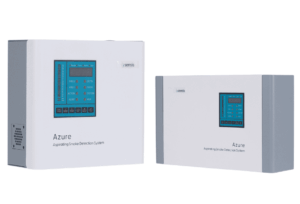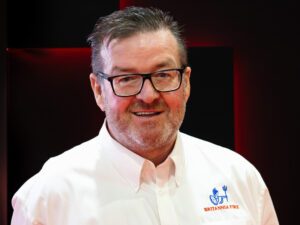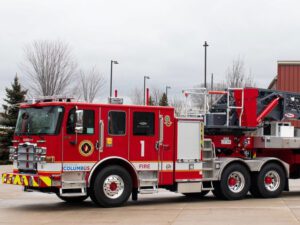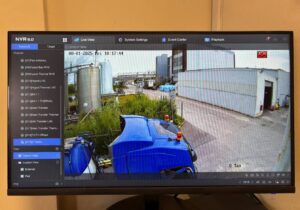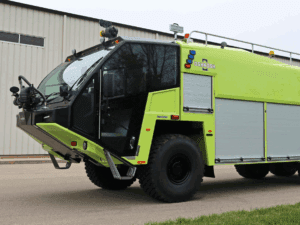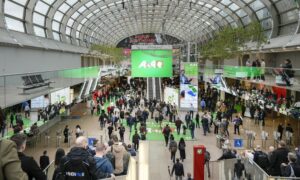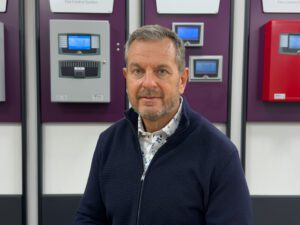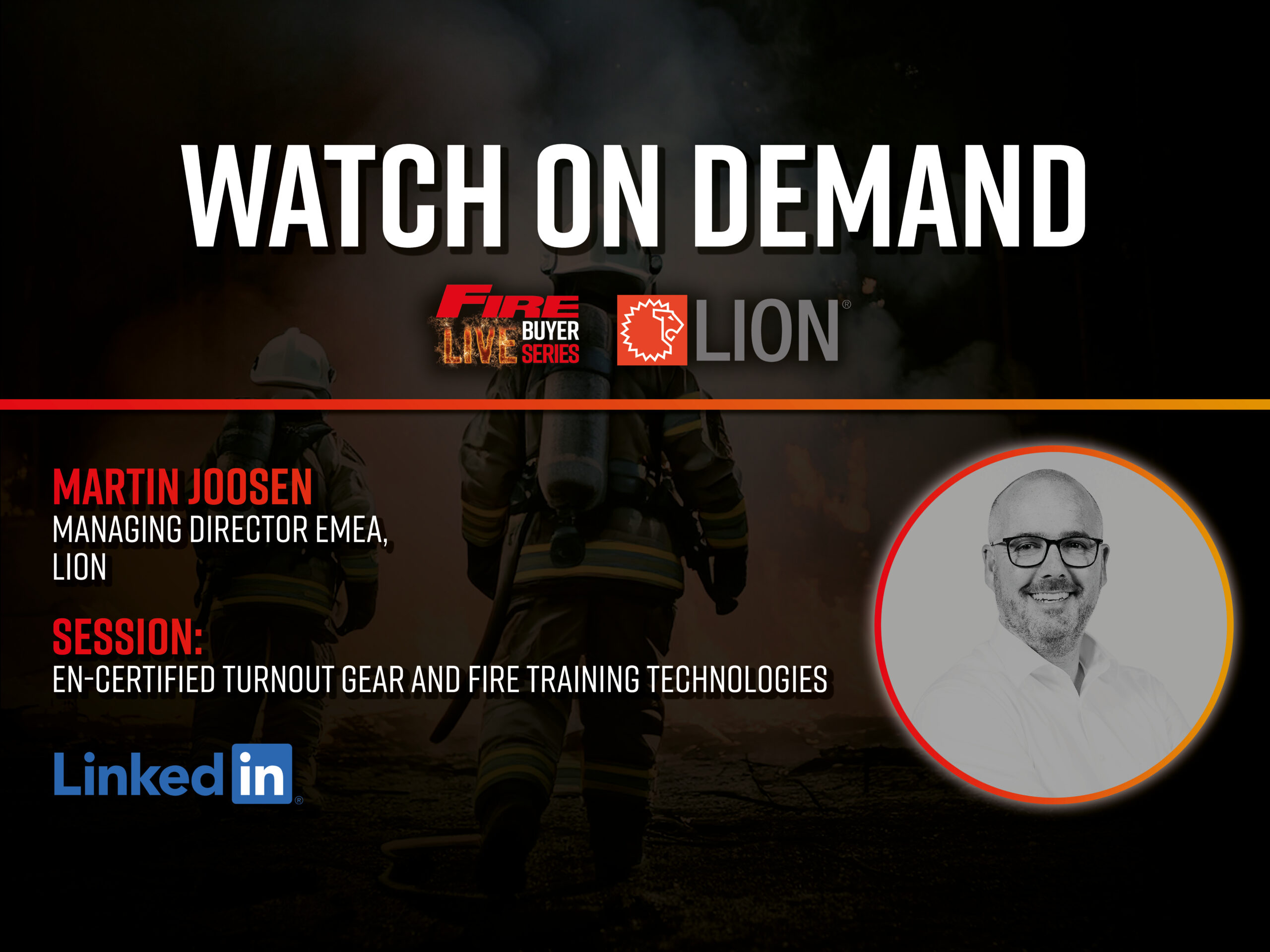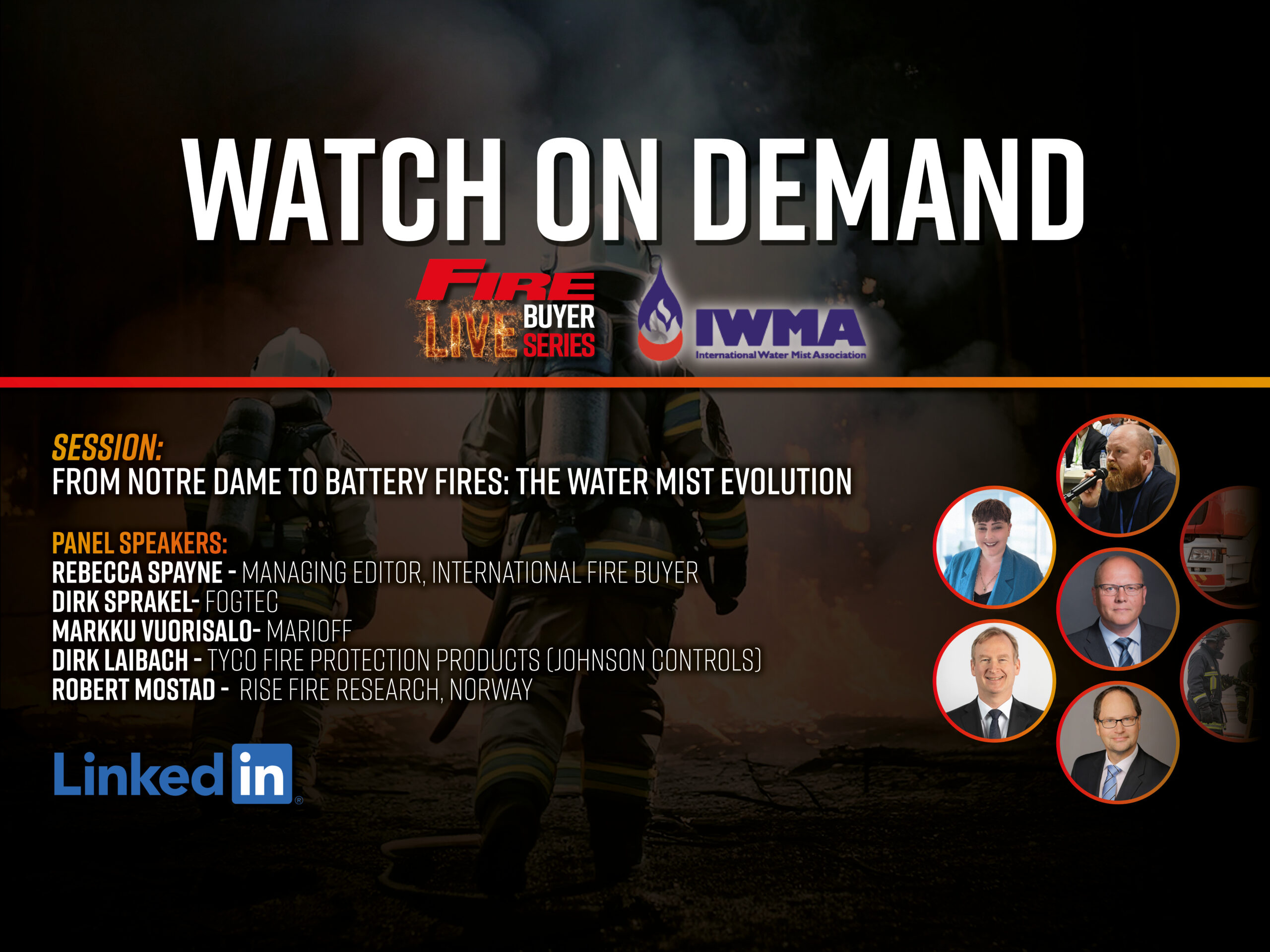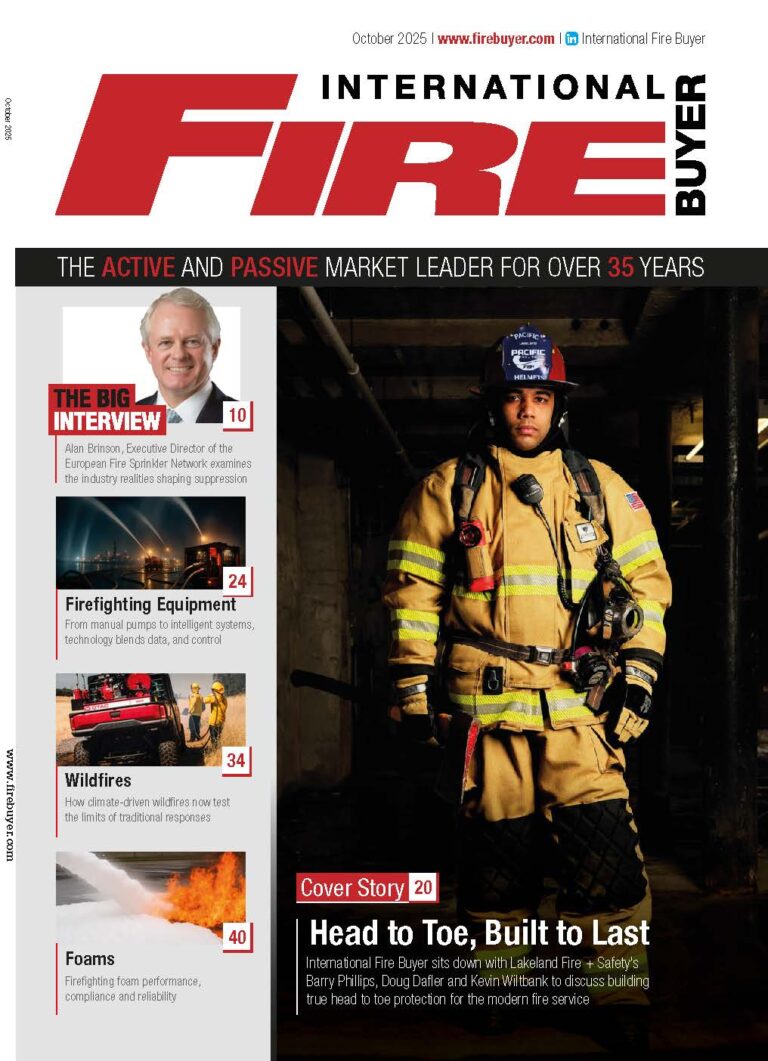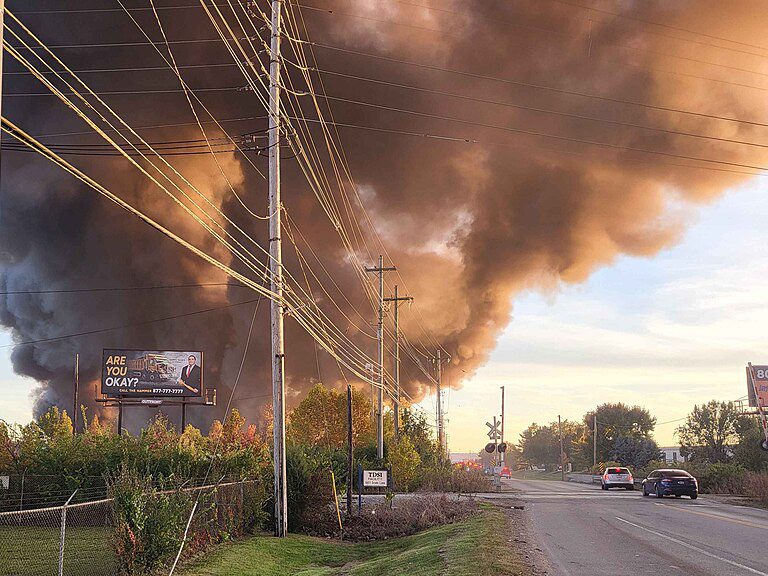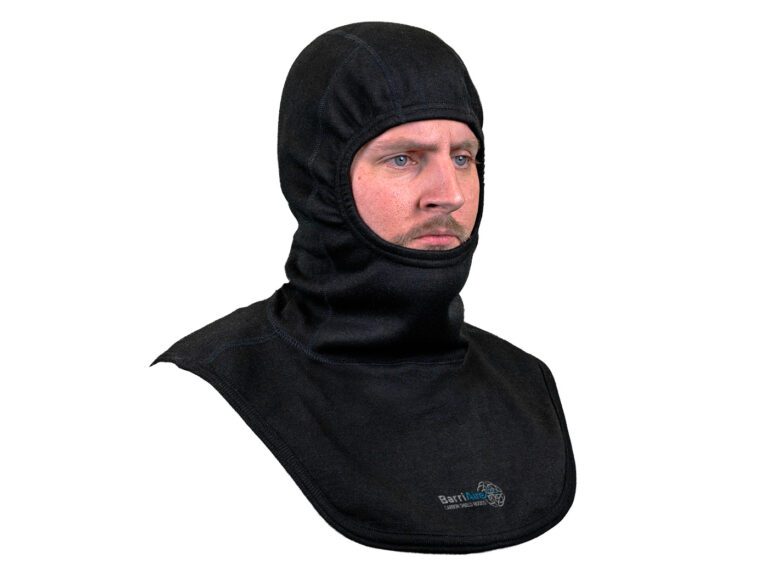Climate-driven wildfires now test the limits of traditional responses. Ed Hill examines how technology, intelligence and resilience are redefining a new era of wildfire management.
Wildfire seasons are intensifying and lengthening across Europe, North America and Australasia. Higher fuel loads, erratic weather and longer drought cycles now sustain fires beyond traditional containment windows.
For agencies and industrial operators, this shift has redefined readiness. Procurement decisions once focused on output and flow are now judged by endurance, intelligence, and sustainability.
Modern wildfire operations are defined by innovation and interconnection. Progress now lies in uniting water delivery, mobility, and real-time intelligence into a cohesive system that strengthens response, improves safety, and enhances strategic control.
Portable Pumps and Remote Attack
Portable pumps remain fundamental to suppression strategy. They provide the first operational link between water source and the fireline, often in terrain unreachable by vehicles. Their evolution reflects a shift toward lighter, more efficient designs that sustain pressure across elevation and distance.
The Waterax MARK-3 has long been a mainstay of wildland firefighting. The current Watson Edition modernises the platform with a re-engineered engine and a composite pump end that reduces weight while maintaining high discharge pressure. In the field, this allows faster deployment, less fatigue and sustained performance under long shifts.
Backward compatibility with legacy MARK-3 systems remains critical as many agencies run mixed fleets, and the ability to connect seamlessly with existing hoses and couplings avoids the training and logistical disruptions common in new equipment rollouts. The pump’s modular design simplifies maintenance and allows rapid replacement of seals and impellers in the field.
Performance at higher elevations is the decisive test for portable pumps. The Watson Edition sustains pressure through multi-stage series pumping, maintaining flow over steep gradients and where gravity losses are severe. Improved thermal regulation reduces overheating risk during long-duty cycles. Agencies measure success not by peak flow but by operational stability, and this unit performs consistently through extended cycles.
Continuity of design also has strategic implications. When manufacturers maintain compatibility across new product iterations, training, supply, and maintenance remain stable. This year, the United States Defence Logistics Agency ordered more than 600 MARK-3 Watson Edition pumps, confirming both production maturity and lifecycle support capacity. Such procurement signals indicate reliability and resilience in both product and supply chain.


